Right now, it seems that all anyone can think about is the constantly increasing price tags across the United States. From coffee to groceries, rent, mortgage rates, car insurance, and even fast food, the cost of living in America has skyrocketed.
Most often, these prices increase slowly over time; however, when it comes to fast food, the entire industry has seen a significant jump in just the last month. At Chick-fil-A, some restaurants exacerbated their prices by more than 10% in April 2024, and customers are not happy.
The Fast Food Industry Has Seen Wild Price Increases This Year
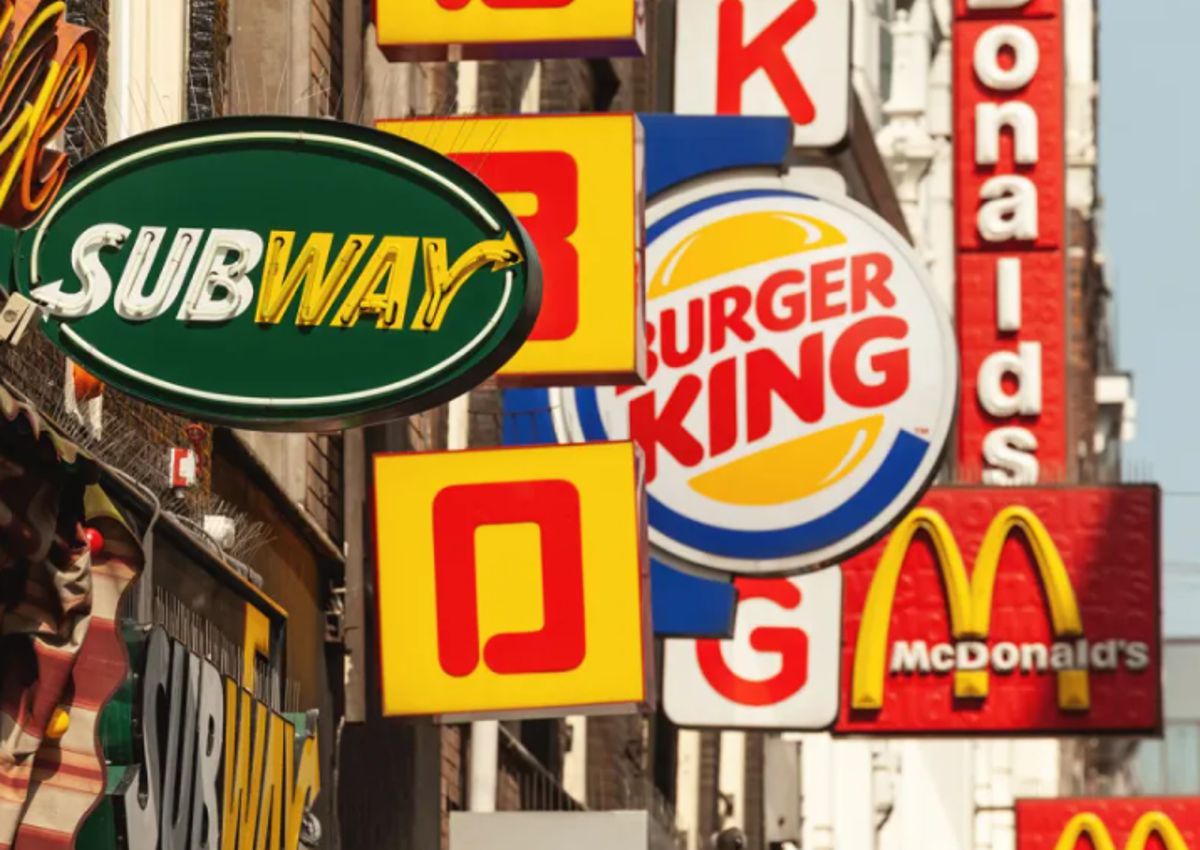
There are more than 200,000 fast food restaurants in the United States, and according to the Centers for Disease Control and Prevention, 36.6% of American adults consume fast food on any given day.
So, it’s safe to say that this industry is certainly an important one within the American economy. As of April 2024, fast food price tags are higher than they’ve ever been before, which is directly affecting Americans in more ways than one.
Many Americans Say They Can No Longer Afford Fast Food

Prices within the fast food industry rose by 20% from January 2021 to January 2024, and an almost shocking number of Americans are now reporting that they can no longer afford fast food.
With this increasing cost of fast food, 28% of Americans who make less than $50,000 a year say they are visiting their favorite chains less than they used to because they can’t justify spending so much on a regular basis.
Why Are Fast Food Prices Increasing?

In addition to cutting out fast food from their weekly schedule, many Americans are also wondering exactly why the industry has seen such a substantial increase in pricing in such a short period of time.
The answer isn’t exactly simple. There are realistically several reasons why fast food prices are increasing, including the nation’s overall inflation rate, the cost of production and transport, and the growing cost of labor.
It Costs More Than Ever to Produce and Ship Food Products
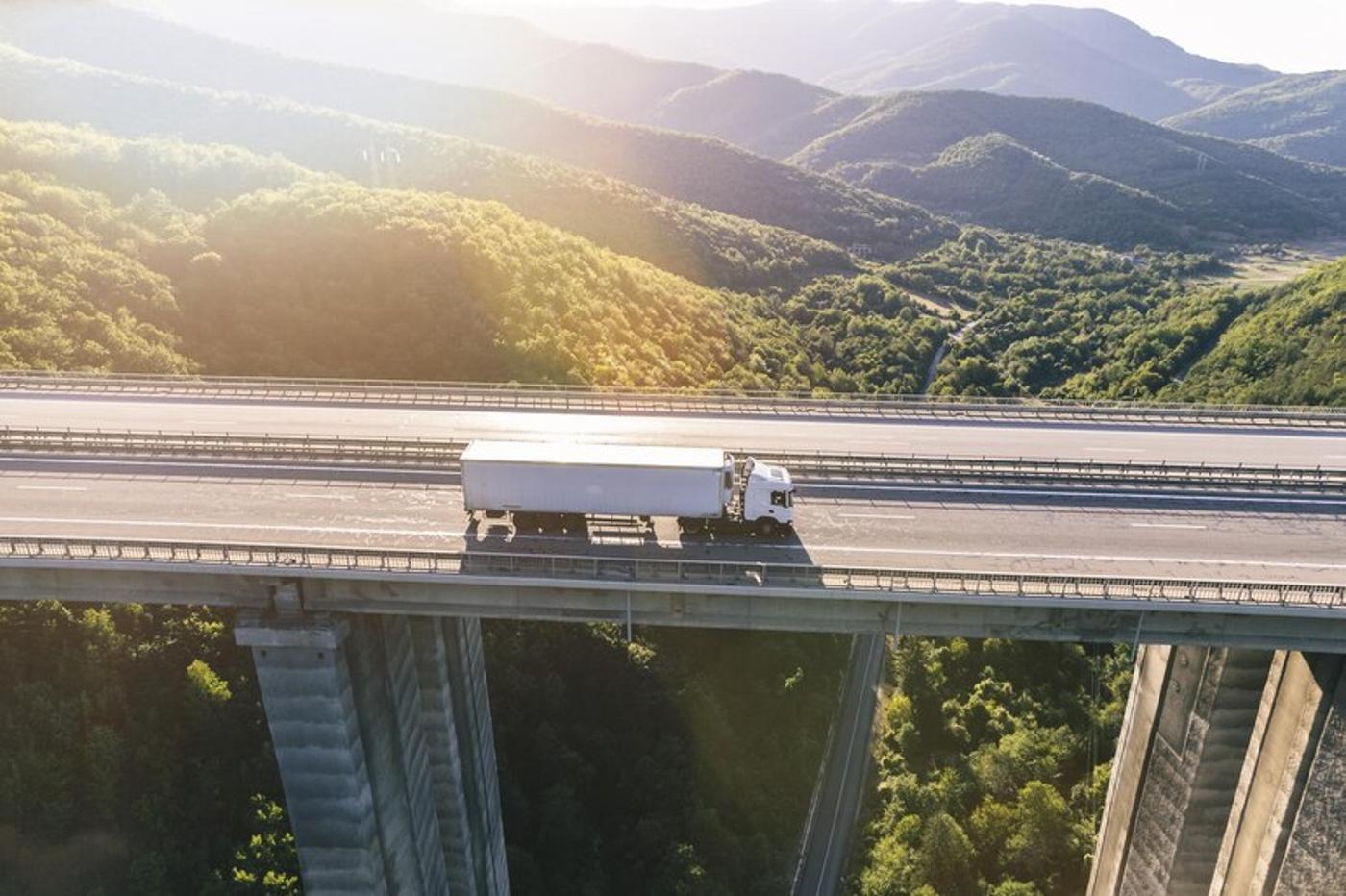
In many ways, inflation directly affects the other two influences. As the dollar becomes less valuable, companies are being forced to pay more for the production and transportation of their products than they did before.
Gasoline and diesel are more expensive, as are tomatoes, beef, plastic, and everything else a fast food restaurant needs to function properly.
Let’s Talk About the Increases Minimum Wage in California
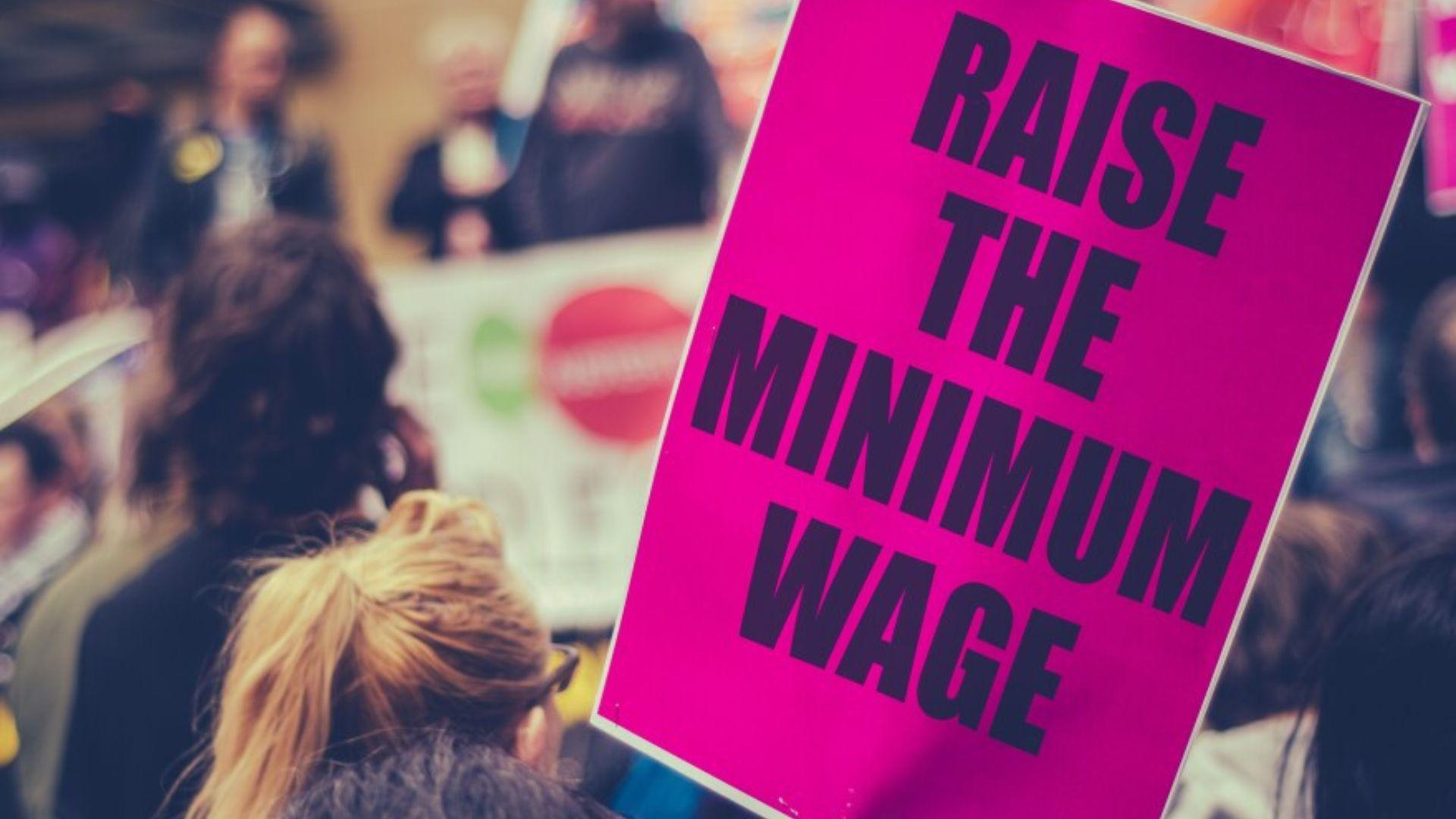
The cost of running the business has undoubtedly increased across the board. However, many argue that none of these jumps in price have affected the industry as much as the newest change in the minimum wage.
While the federal minimum wage remains at $7.25 per hour, many states have changed their internal minimums to reflect the growing cost of living in their state. California offers a $16 statewide minimum and famously increased the minimum wage for fast food workers to $20 on April 1, 2024.
Gavin Newsom Promised This Wage Increase Would Improve Lives
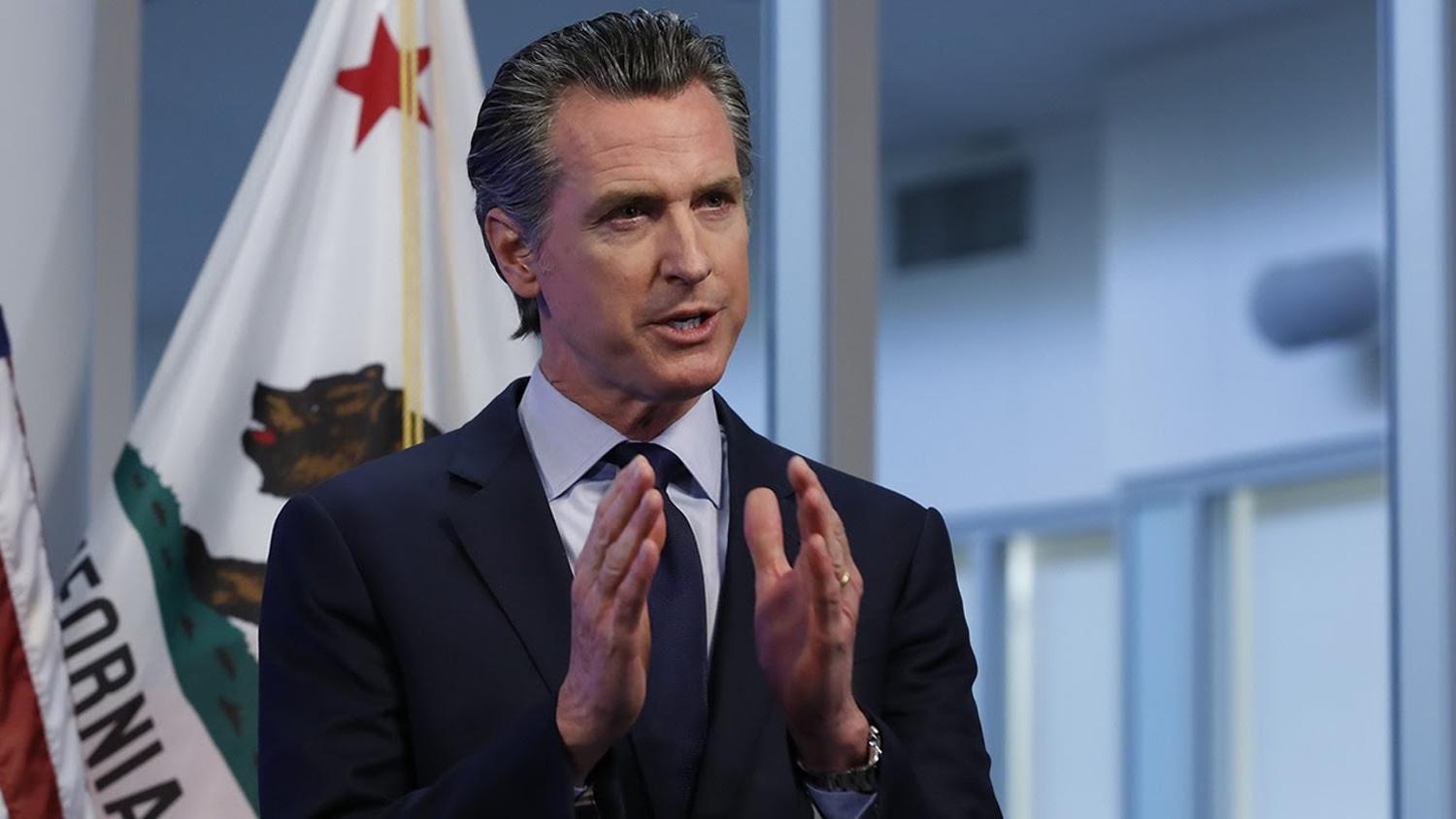
California Governor Gavin Newsom proposed and passed this legislation, fully believing and promising that it would improve the lives of the more than half a million California residents who work at a fast food restaurant.
However, less than a month after the bill came into effect, it’s already become quite apparent that the rise in minimum wage may have several negative side effects Newsom didn’t consider.
Fast Food Companies Claim They Now Have Only Two Options
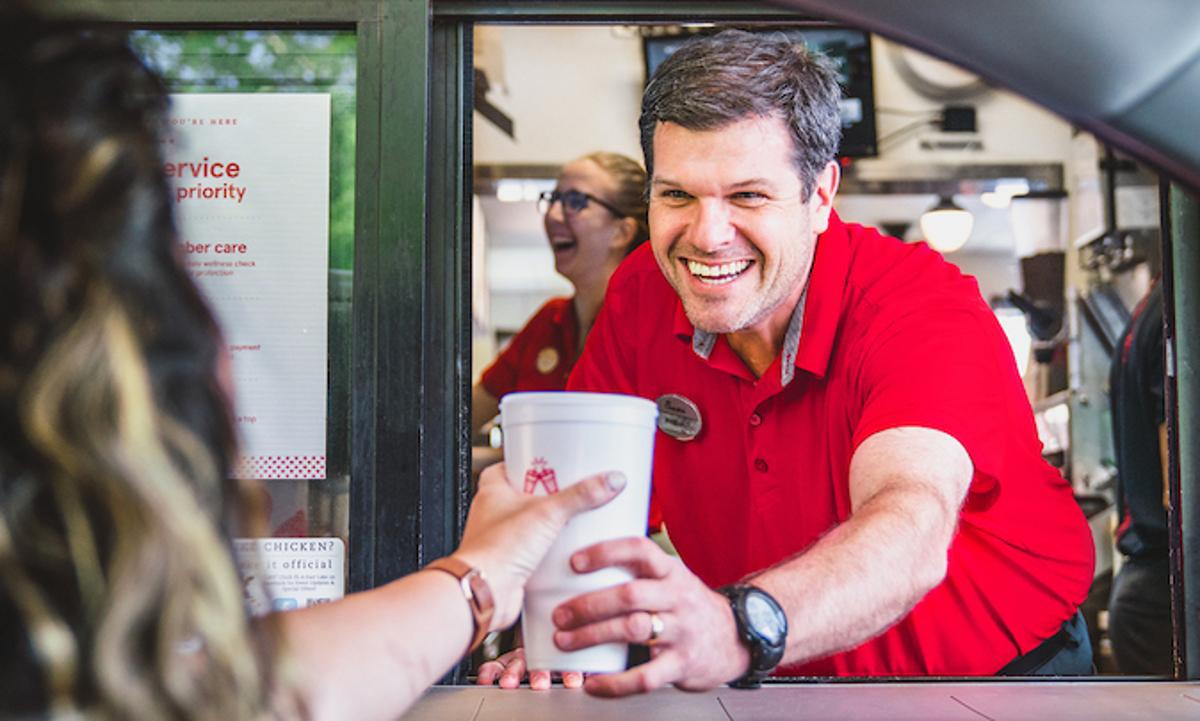
The majority of American fast food companies have more locations in California than in almost any other state. Therefore, the 25% increase in the minimum wage for their workers in the Golden State will absolutely affect their annual labor costs and consequent profit margins.
Now, many corporations are reporting they only have two options to ensure their finances don’t suffer: They can either let thousands of employees go or increase the prices on their menus.
McDonald’s Has Threatened to Raise Its Prices and Let People Go
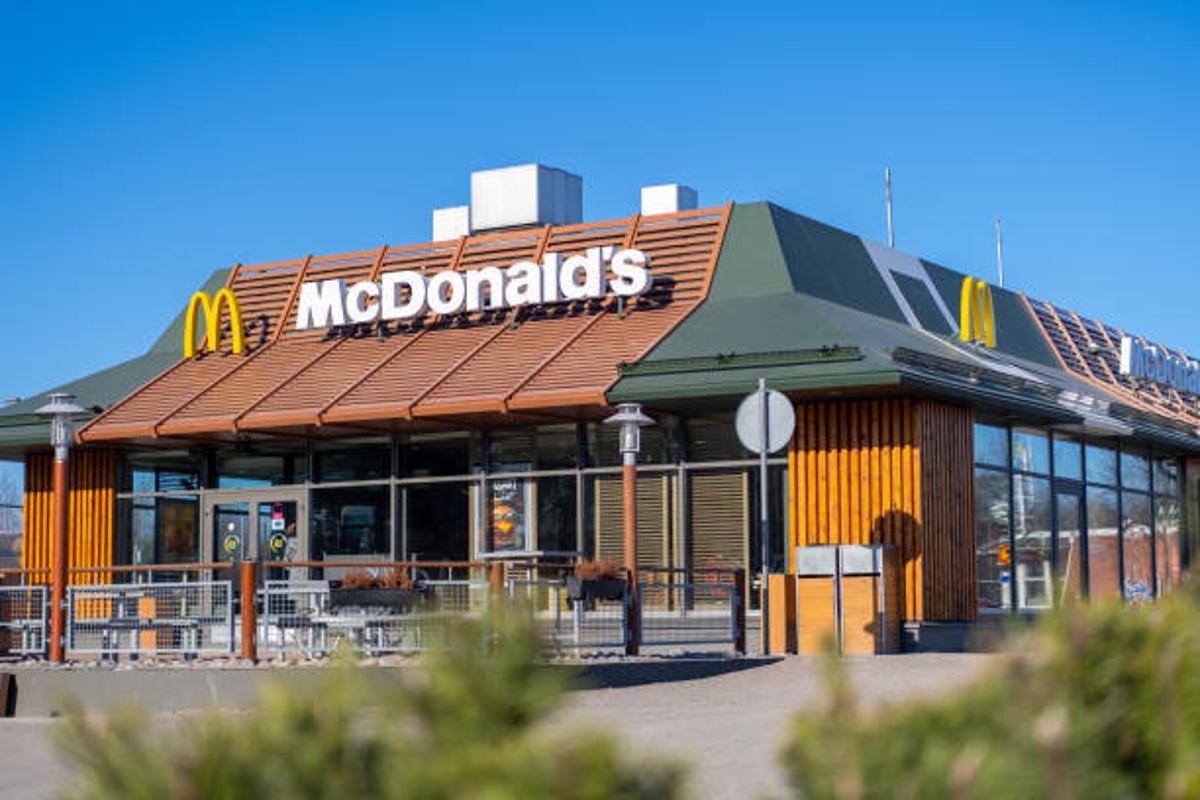
There are 1,222 McDonald’s restaurants in California, so the giant company is arguably more affected by the new law than any other fast food chain.
McDonald’s has already announced that they will likely increase the prices at their California locations. Additionally, reports say that there are already plans to lay off a select portion of their staff, such as the cashiers at the registers, and replace them with AI-powered kiosks.
Chick-fil-A Increased Its Prices by More than 10%
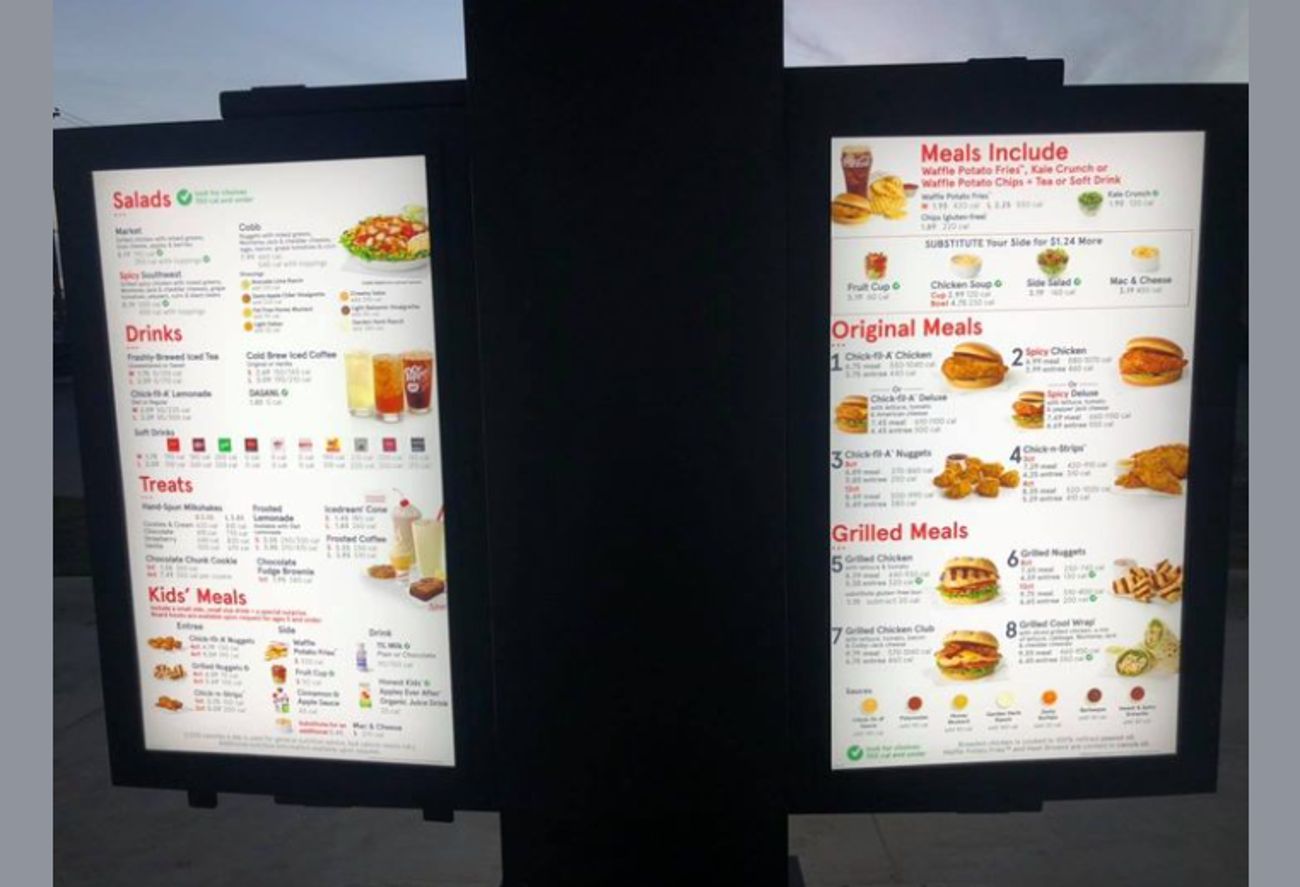
But McDonald’s isn’t in the spotlight these days. Instead, the world can’t stop talking about Chick-fil-A. Recently, the Wall Street Journal published a story about an LA resident who saw a 25% increase in his Chick-fil-A order in April 2024.
The WSJ wrote, “In Los Angeles on a recent April afternoon, Seth Amitin, a 39-year-old therapist, said his usual $16 meal that he picks up weekly at the Chick-fil-A in Hollywood, Calif., now costs $20.”
Chick-fil-A Has Yet to Comment on Its New Prices
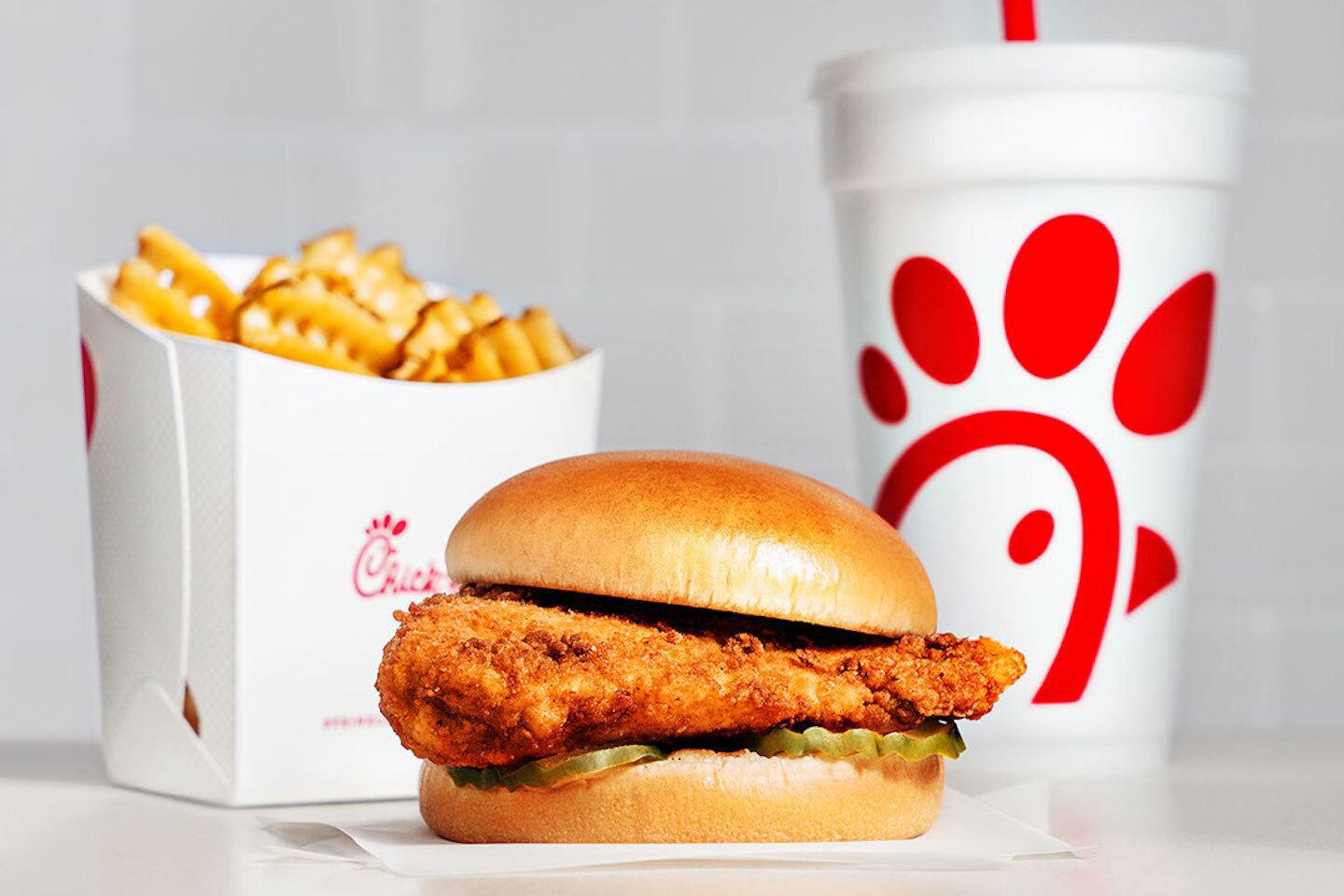
Of course, the exact price differs between each Chick-fil-A location. But according to the collected data, the average price at their restaurants in California rose by about 11% last month
Although, because Chick-fil-A is a privately owned company, it does not have to release its plans for current or future pricing to the public. So, while customers can certainly note their own changing receipts, it’s almost impossible to know the exact percentage across its 167 California locations.
Will People Start Boycotting Chick-fil-A?
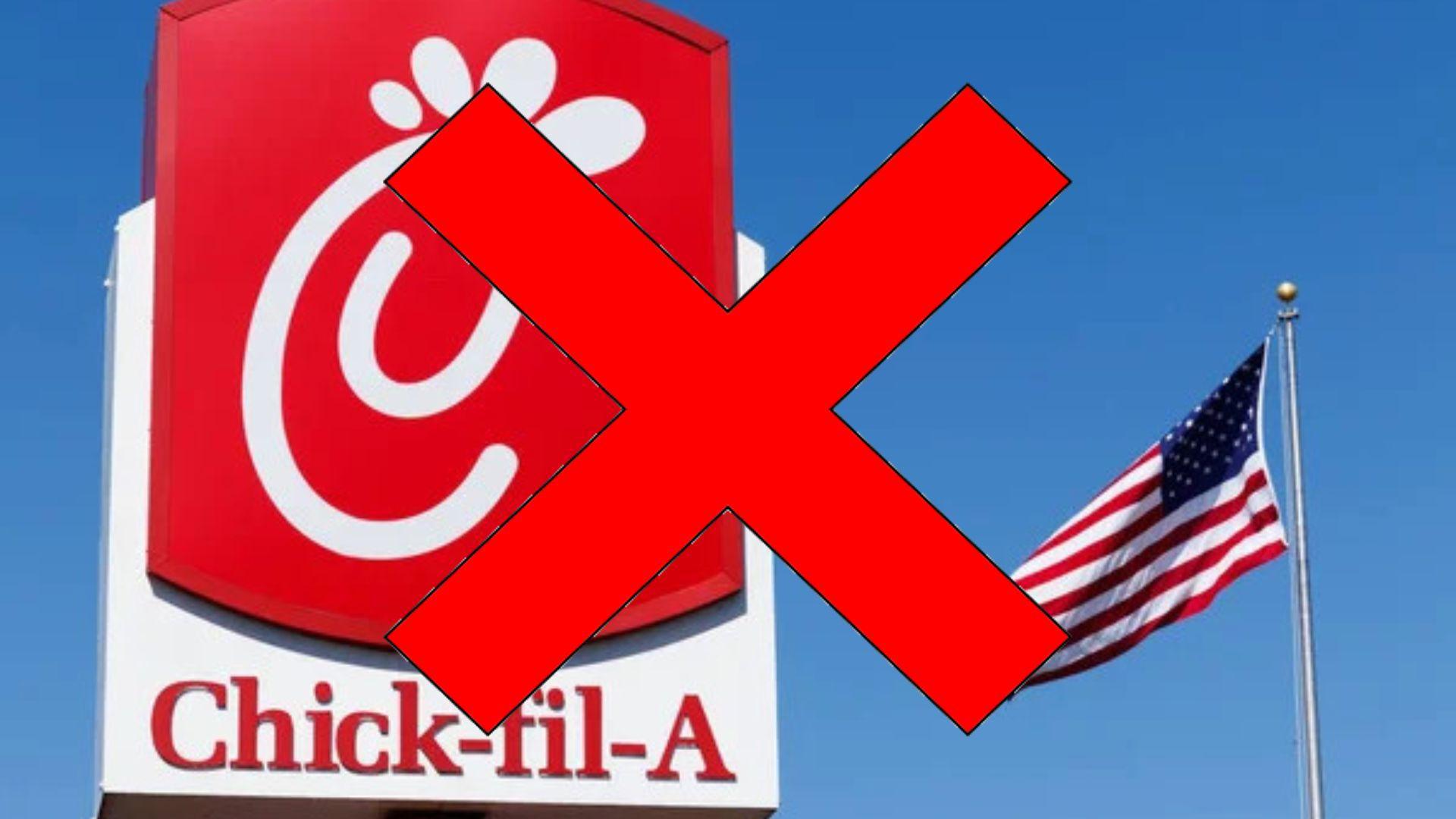
There has been talk, specifically on popular social media platforms like X (formerly Twitter) and Reddit, about boycotting several of the popular fast food chains that have increased their prices this year
Chick-fil-A has experienced a boycott (actually several) before, but for political reasons, not for their price tags. However, the famous chain may now see a significant decrease in business from both Red and Blue Americans who feel the prices are simply too high to justify.
